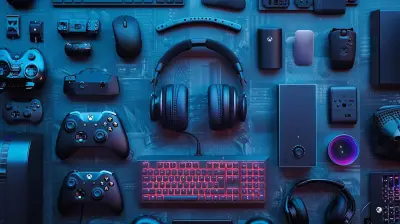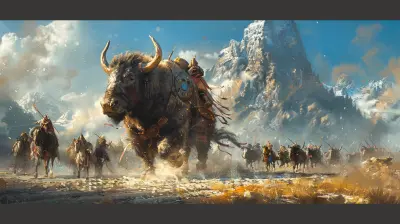The Impact of UI Design on Overall Game Aesthetics
6 June 2025
Gaming isn’t just about reflexes and high scores anymore. It’s an art form, a storytelling canvas, and a world where design and function dance together. One key player in this intricate symphony is UI design—that humble interface you might overlook, but trust me, it’s doing way more heavy lifting than you think.
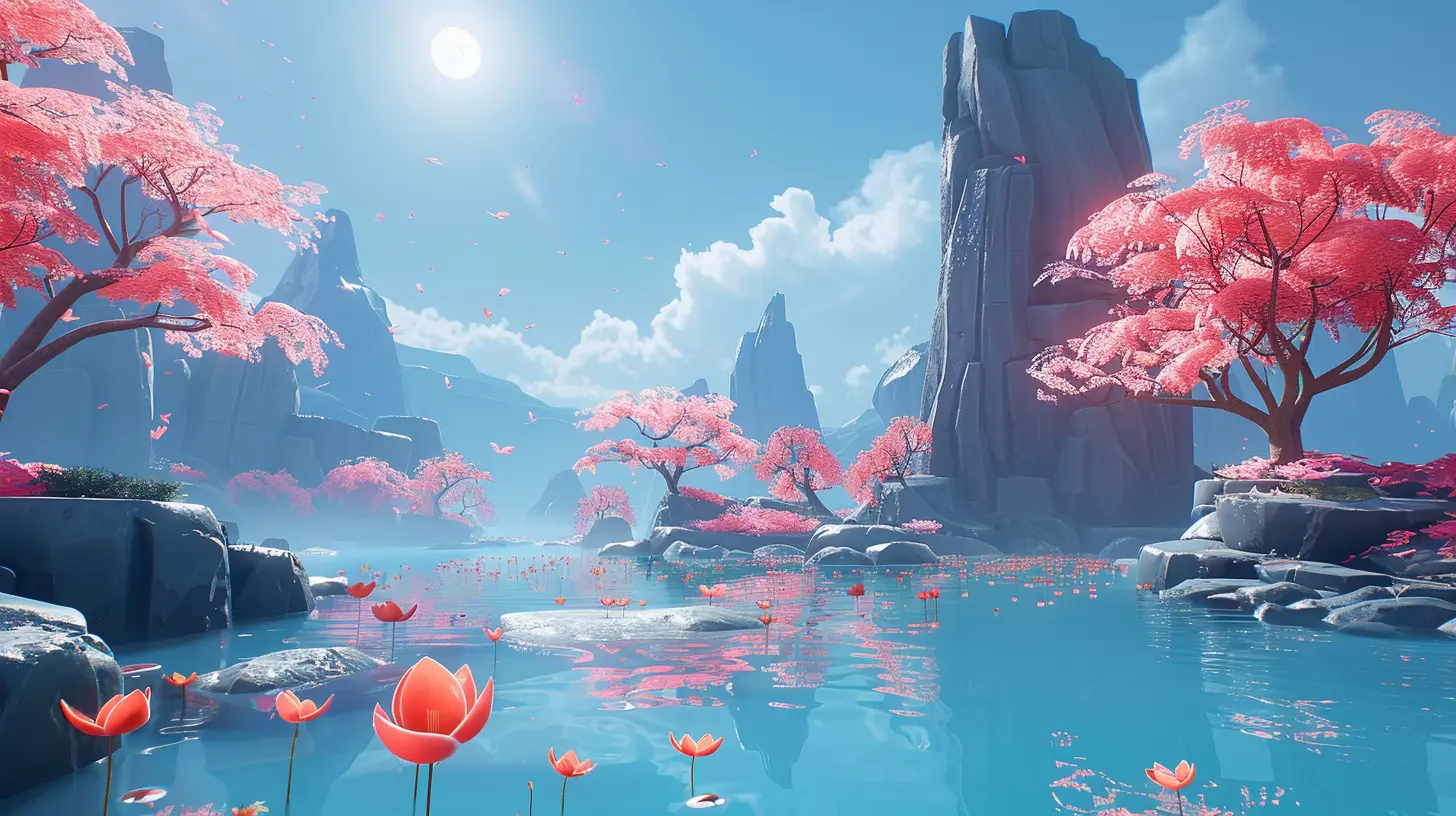
What Even Is UI Design in Games?
Alright, let’s break this down. UI stands for User Interface, and in games, it includes everything the player interacts with that’s not the actual game world. The health bars, the inventory screens, dialogue boxes, ability icons, that sleek main menu—yep, all UI.It’s the stuff that bridges the player and the game, guiding them without overwhelming them. It's like the dashboard of a fancy sports car—you don’t really think about it unless it’s either jaw-dropping or a total mess.
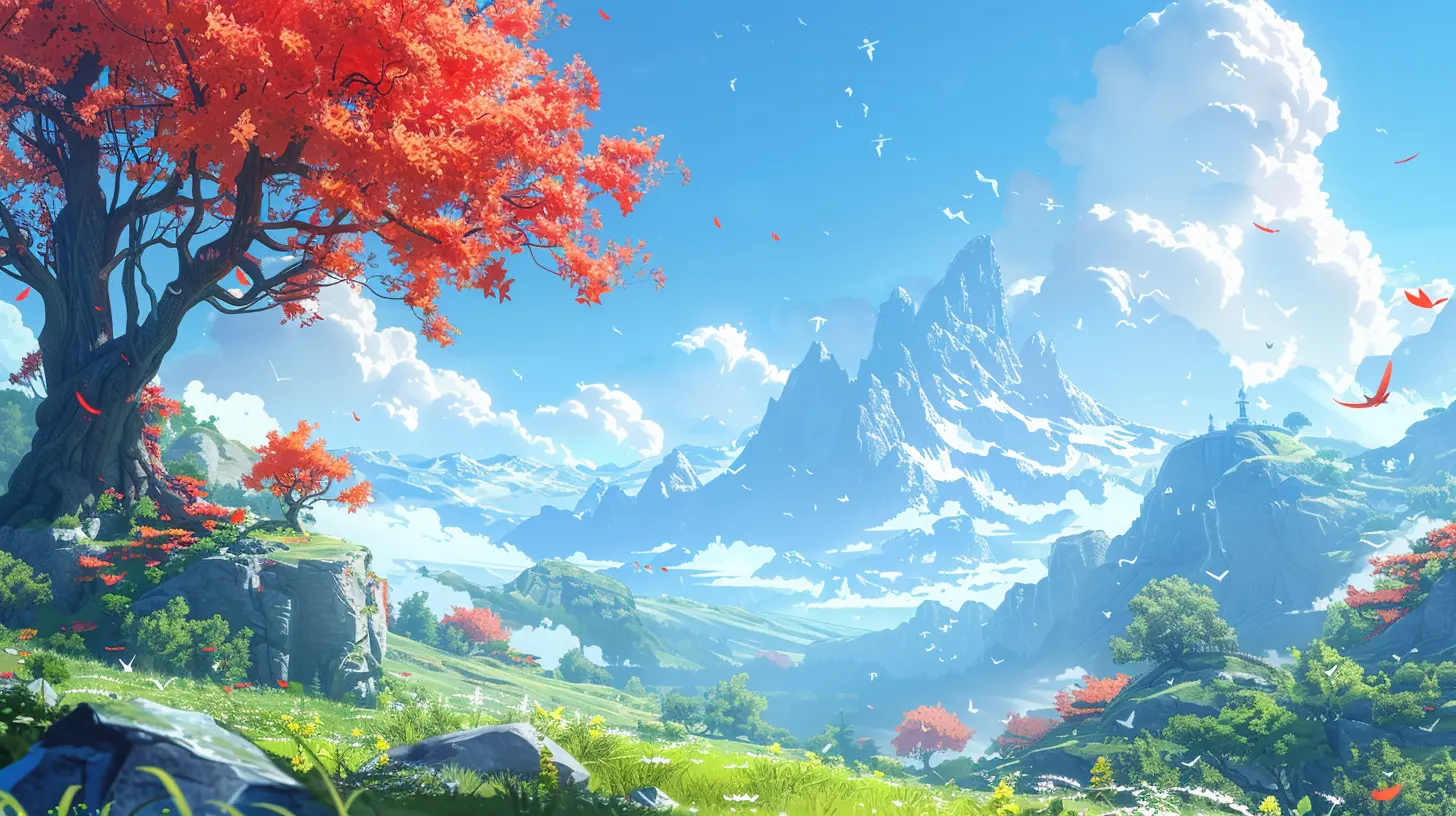
UI Design: The Unsung Hero of Game Aesthetics
You ever played a game that just felt good? Like everything was where it should be, the visuals were clean, and navigating felt seamless? That’s UI magic at work. A beautifully crafted UI doesn’t just sit there; it enhances the visual storytelling and overall vibe of the game.When done right, UI design becomes part of the world. It’s not just about clickable buttons—it's atmosphere, immersion, and clarity all rolled into one aesthetic package.
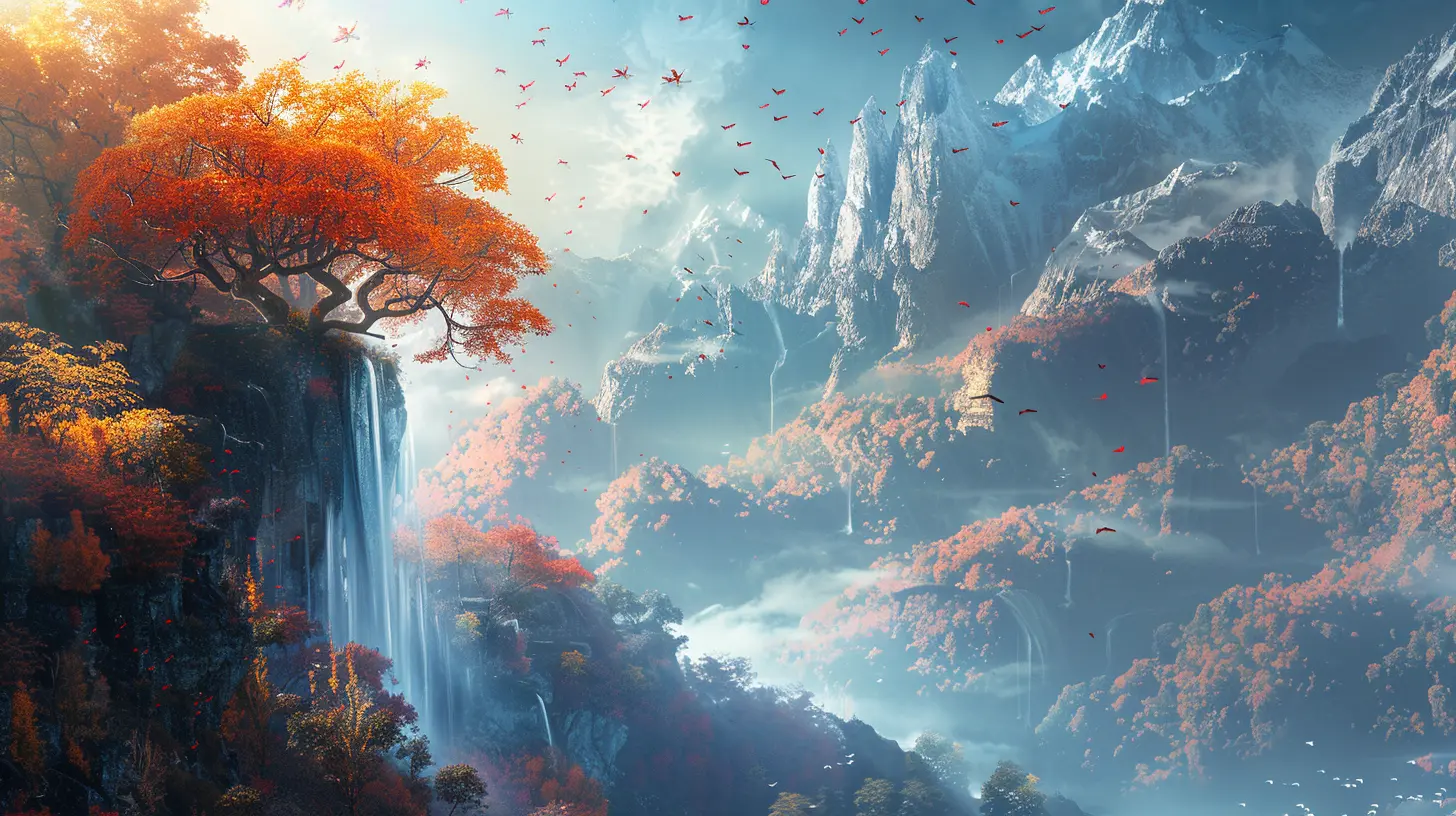
First Impressions Start With the Interface
You boot up a game—what’s the first thing you see? Exactly. The UI. Even before a bullet’s fired or a story unfolds, the UI sets the tone. A futuristic sci-fi shooter? Expect holograms and neon. A medieval fantasy RPG? Scroll textures and ornate borders. It’s the UI that whispers, “Welcome to this world—we’ve built it just for you.”Menus That Matter
Menus are your first date with a game. Clunky menus? That's like showing up in flip-flops to a black-tie gala. But when the menu is intuitive, stylish, and on-brand? That’s a firm handshake and a killer smile. You’re in good hands.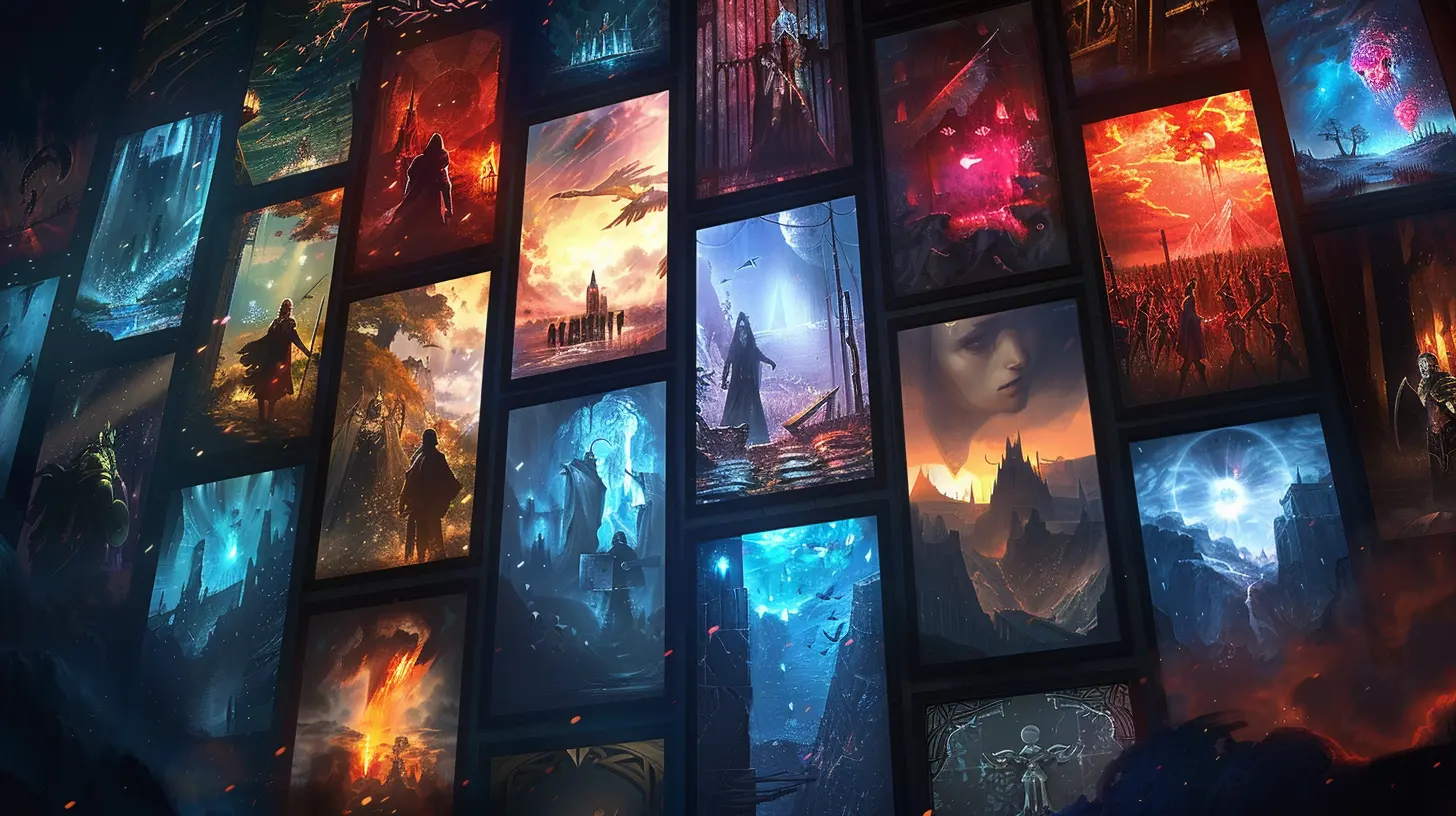
How UI Reflects a Game’s Soul
No two games are the same, and that should be true for their UI too. A horror game with a cheerful candy-colored UI? That’s a mood killer. A minimalist platformer with an overcomplicated HUD? That’s just confusing.UI design reflects the game’s soul. It’s not just skin-deep—it tells you how the game thinks, what it values, and how it wants you to feel.
Case in Point: "Dead Space"
Take “Dead Space” for example. Instead of a traditional health bar, your character’s health is lit up along his suit’s spine. Immersive. Futuristic. Chilling. That is UI. It works with the aesthetic, not against it. You’re in space, alone, and even your health bar reminds you you’re part of this haunting world.Function Meets Fashion: The Balance UI Must Strike
Let’s be real. UI isn’t just about looking good—it has a job to do. It must be functional. But just being functional isn’t enough. You wouldn’t wear a garbage bag just because it keeps you dry, right? You want performance and style.The Dance of Clarity and Beauty
UI design must walk a tightrope between aesthetic innovation and usability. A sleek design that confuses players? Nope. A functional design that’s an eyesore? Pass. The sweet spot is right in the middle—visually stunning and super intuitive.Think of it like a well-designed airport. You know where to go, everything’s labeled clearly, and it doesn’t feel like a bureaucratic maze. That’s how UI should guide players: with grace, not grunts.
UI Consistency: Making Worlds Feel Whole
Consistency may not sound sexy, but in UI design, it’s everything. Matching fonts, colors, transitions, button shapes—all of these bits tie a game together as one beautiful, cohesive experience.Cohesive Visual Language
An inconsistent UI is like a sentence with three fonts and five typos. Painful. But when UI elements speak the same visual language, it makes the world feel lived-in and real. Players stop noticing the interface because it just makes sense.The Role of UI in Game Immersion
You know that feeling when you’re so into a game you forget you’re even holding a controller? That’s immersion, and poor UI can yank you out of that fantasy faster than a bad cutscene.Immersion isn’t just about graphics or story. The UI is your constant companion. It whispers in your ear, not shouts in your face. It helps you—not nags you.
Diegetic UI: When It’s Part of the Game World
Some games go the extra mile and make UI diegetic—meaning it exists within the world. Like our earlier “Dead Space” example or how “Metro Exodus” uses an in-world clipboard map instead of a menu screen. That kind of UI? Chef’s kiss. It doesn’t just support immersion—it defines it.
UI Aesthetics Influence Player Emotion
Colors, shapes, icons—tiny things in the grand scheme, but they control how we feel. A red bar? Danger. A green checkmark? Relief. A pulsing icon? Urgency.Designers wield emotion like a brush, painting our journey one pixel at a time. UI is the emotional GPS, subtly steering how we react, what we anticipate, and even when we breathe.
Emotional Flow Through Visual Feedback
Feedback is essential. Click a button and hear a sound? That’s feedback. Hover over an enemy and the reticle turns red? Feedback. UI tells us silently, “You're doing it right (or wrong).” That’s powerful. It's psychological. And when done right, it feels fantastic.Adapting UI for Different Game Genres
Not all UI is created equal, and it shouldn’t be. Different genres need different UI approaches.- First-Person Shooters: Minimalist HUDs for maximum focus.
- RPGs: Highly detailed interfaces with stats and inventories galore.
- Mobile Games: Touch-friendly buttons and big, juicy prompts.
- Strategy Games: Layers of UI, but all clearly arranged to avoid chaos.
Each genre demands a unique UI style tailored to both its pace and audience. A good designer knows the difference and delivers accordingly.
Accessibility: Making UI for Everyone
Let’s not forget inclusivity. UI isn't great unless everyone can use it. Accessibility in UI design means larger fonts, colorblind modes, remappable controls, and even text-to-speech options.When games open their doors to more players, everyone wins. Making a UI beautiful and inclusive? That’s the pinnacle of modern design.
Minimalism vs Maximalism: The UI Tug-of-War
Some games go all out—layers of effects, bold graphics, complex HUDs. Others take the minimalist route, stripping things down to the essentials. Neither is right or wrong—it’s about aligning with the game’s core vision.- Minimalist UI: Think “Journey” or “Inside”—quiet, contemplative, almost no HUD.
- Maximalist UI: Think “World of Warcraft” or “Path of Exile”—rich, dense, and info-heavy.
What matters most is coherence. A minimalist game with a complicated UI? That’s a design sin. Keep the vibe consistent.
UI That Ages Well
Trends come and go, but some UIs stand the test of time. Why? Because they’re rooted in simplicity, clarity, and a strong aesthetic identity. Just look at games like “The Legend of Zelda: Ocarina of Time”. Decades later, its interface still feels familiar and intuitive. That’s timeless design.Great UI design doesn’t chase trends—it sets them.
The Dev Angle: Tools and Challenges
Behind every crisp, clean UI are countless hours of iteration, testing, feedback, and polish. Designers wrestle with engine constraints, resolution scaling, localization quirks, and player feedback loops.And yet, they persist—driven by the vision that the UI isn't just decoration. It's functionality dipped in aesthetics.
Final Thoughts: UI Is More Than Just a Layer
UI isn’t just a glossy finish you slap on at the end. It’s foundational. It defines how players experience a world, connect with its rhythm, and fall in love (or frustration) with it.The impact of UI design on overall game aesthetics is profound. When done right, the UI isn't noticed at all. It becomes invisible not because it’s boring, but because it feels perfect—as if it was meant to be there all along.
If games are stories we live through, then the UI is the narrator. Quietly guiding, gently nudging, and stylishly keeping us on track.
So next time you pick up a controller or tap a screen, take a moment to notice the lines, the flow, the feedback. Behind every click is a choice someone made—to bring you deeper into the game you love.
all images in this post were generated using AI tools
Category:
Video Game GraphicsAuthor:

Avril McDowney
Discussion
rate this article
3 comments
Corinne McMahan
Great article! It highlights how effective UI design enhances player immersion and engagement, ultimately shaping the overall aesthetic experience in gaming.
June 22, 2025 at 3:54 AM

Avril McDowney
Thank you! I'm glad you found it insightful. UI design truly plays a crucial role in enhancing player experience.
Reagan Lambert
Great insights! It's fascinating how UI design seamlessly weaves into the overall aesthetics of a game. A thoughtful interface not only enhances player experience but also complements the game’s narrative and art style. It’s a reminder of the intricate balance between functionality and beauty in game design.
June 15, 2025 at 3:53 AM

Avril McDowney
Thank you! I completely agree—effective UI design truly enhances the gameplay experience while aligning with the game’s visual and narrative elements. It's all about that perfect balance!
Amalia Brown
In the dance of pixels and dreams, UI whispers secrets, shaping realms. Aesthetic symphonies unfold, where every button breathes life, crafting journeys that linger in our hearts.
June 8, 2025 at 2:42 PM

Avril McDowney
Thank you for your poetic insight! UI truly transforms gameplay into an immersive experience, blending functionality with artistry.
